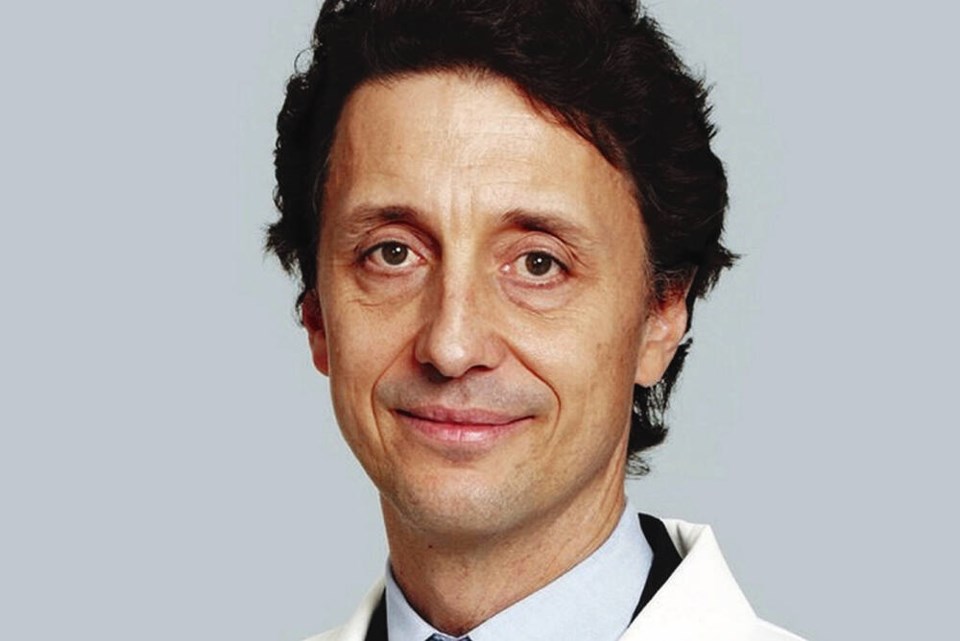Health
Statins’ Role in Heart Disease Risk Reduction Explained

Understanding the impact of statins on heart disease risk has become a critical topic among health care professionals and patients alike. Recent findings emphasize that the effectiveness of statins in reducing absolute risk largely hinges on an individual’s pre-existing risk of heart disease.
Research indicates that the absolute risk reduction afforded by statins varies significantly from person to person. For individuals without known heart disease, the benefits of statin therapy are closely linked to their overall risk factors, such as age, family history, and lifestyle choices. Those with higher baseline risks tend to benefit more from statin treatment.
Decoding Absolute Risk Reduction
Absolute risk refers to the likelihood of developing heart disease over a specified period. According to the American Heart Association, individuals with a higher absolute risk—such as those with diabetes or a family history of heart disease—stand to gain more from statin therapy. For example, a patient with a 20% risk of developing heart disease in the next decade may experience a more significant benefit than someone with a 5% risk.
Research has shown that statins can lower cholesterol levels, which is a key factor in the development of heart disease. However, the degree of risk reduction is not uniform across all patients. Health care professionals are encouraged to assess individual risk profiles when considering statin therapy.
Informed Decision-Making for Patients
Patients are increasingly encouraged to engage in discussions with their health care providers regarding the use of statins. Understanding one’s absolute risk can empower patients to make informed decisions about their health. A comprehensive evaluation of risk factors, including blood pressure, cholesterol levels, and lifestyle habits, is essential for tailoring treatment plans.
Health organizations recommend regular screenings and discussions about heart health, particularly for individuals over the age of 40. This proactive approach can lead to earlier interventions, potentially reducing the incidence of heart disease.
In summary, the role of statins in heart disease prevention is nuanced and closely tied to individual risk levels. As research continues to evolve, both patients and health care professionals must remain informed about the latest findings to maximize the benefits of statin therapy while minimizing potential risks.
-

 Education3 months ago
Education3 months agoBrandon University’s Failed $5 Million Project Sparks Oversight Review
-

 Science4 months ago
Science4 months agoMicrosoft Confirms U.S. Law Overrules Canadian Data Sovereignty
-

 Lifestyle3 months ago
Lifestyle3 months agoWinnipeg Celebrates Culinary Creativity During Le Burger Week 2025
-

 Health4 months ago
Health4 months agoMontreal’s Groupe Marcelle Leads Canadian Cosmetic Industry Growth
-

 Technology3 months ago
Technology3 months agoDragon Ball: Sparking! Zero Launching on Switch and Switch 2 This November
-

 Science4 months ago
Science4 months agoTech Innovator Amandipp Singh Transforms Hiring for Disabled
-

 Education3 months ago
Education3 months agoRed River College Launches New Programs to Address Industry Needs
-

 Technology4 months ago
Technology4 months agoGoogle Pixel 10 Pro Fold Specs Unveiled Ahead of Launch
-

 Business3 months ago
Business3 months agoRocket Lab Reports Strong Q2 2025 Revenue Growth and Future Plans
-

 Technology2 months ago
Technology2 months agoDiscord Faces Serious Security Breach Affecting Millions
-

 Education3 months ago
Education3 months agoAlberta Teachers’ Strike: Potential Impacts on Students and Families
-

 Science3 months ago
Science3 months agoChina’s Wukong Spacesuit Sets New Standard for AI in Space
-

 Education3 months ago
Education3 months agoNew SĆIȺNEW̱ SṮEȽIṮḴEȽ Elementary Opens in Langford for 2025/2026 Year
-

 Technology4 months ago
Technology4 months agoWorld of Warcraft Players Buzz Over 19-Quest Bee Challenge
-

 Business4 months ago
Business4 months agoNew Estimates Reveal ChatGPT-5 Energy Use Could Soar
-

 Business3 months ago
Business3 months agoDawson City Residents Rally Around Buy Canadian Movement
-

 Technology2 months ago
Technology2 months agoHuawei MatePad 12X Redefines Tablet Experience for Professionals
-

 Business3 months ago
Business3 months agoBNA Brewing to Open New Bowling Alley in Downtown Penticton
-

 Technology4 months ago
Technology4 months agoFuture Entertainment Launches DDoD with Gameplay Trailer Showcase
-

 Technology4 months ago
Technology4 months agoGlobal Launch of Ragnarok M: Classic Set for September 3, 2025
-

 Technology4 months ago
Technology4 months agoInnovative 140W GaN Travel Adapter Combines Power and Convenience
-

 Science4 months ago
Science4 months agoXi Labs Innovates with New AI Operating System Set for 2025 Launch
-

 Top Stories2 months ago
Top Stories2 months agoBlue Jays Shift José Berríos to Bullpen Ahead of Playoffs
-

 Technology4 months ago
Technology4 months agoNew IDR01 Smart Ring Offers Advanced Sports Tracking for $169










